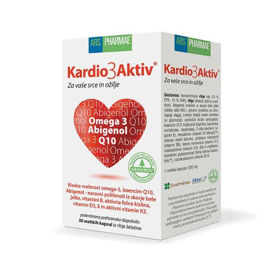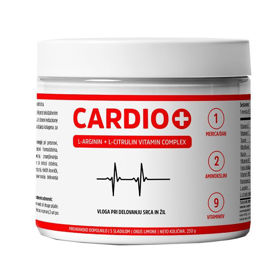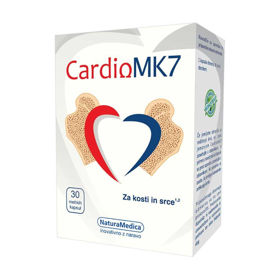Customer question:
How is dilated cardiac aorta treated? Anonymous customer's question
Pharmacist's answer:
Treatment for an enlarged heart aorta (aortic aneurysm) depends on several factors, including the size of the aneurysm, its location, the rate of its expansion, and the individual's general health.
The main goals of treatment are to prevent the development of serious complications, such as aneurysm rupture or aortic dissection, and to reduce the risk of cardiovascular disease.
- Monitoring: Small aneurysms (usually less than 5.5 centimeters in the ascending aorta) can be monitored with regular medical examinations and imaging tests such as ultrasound or computed tomography (CT ). The doctor can only recommend regular examinations if the aneurysm remains small and stable.
- Surgery: for larger aneurysms or those that expand rapidly, the doctor may suggest surgery. Open surgery involves cutting out the affected part of the aorta and replacing it with a prosthesis (artificial tube). Surgery may be necessary if there is a risk of aortic rupture or dissection.
- Endovascular repair: this less invasive method involves inserting a stent-graft through a blood vessel in the groin region, which is then expanded inside the aorta to support the weakened wall. This procedure is usually used for aneurysms in certain parts of the aorta, such as the abdominal aorta.
- Medications: in some cases, your doctor may prescribe medications to control blood pressure or to reduce "stress" on the walls of the aorta, which can help slow the aneurysm's spread.
Interesting reading: Brain aneurysm consequences
Interesting reading: Head aneurysm surgery













